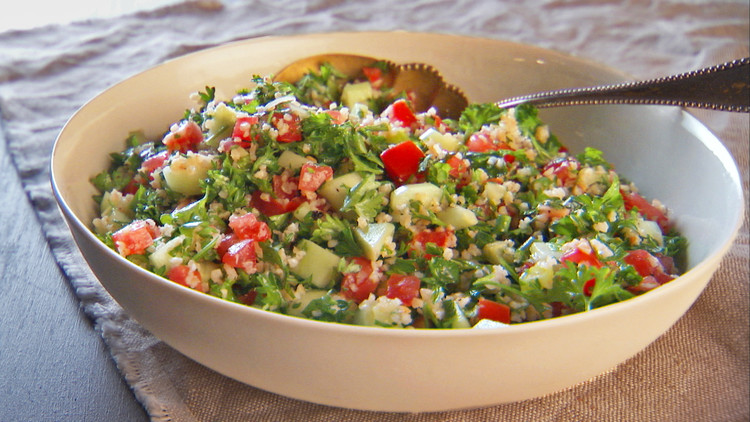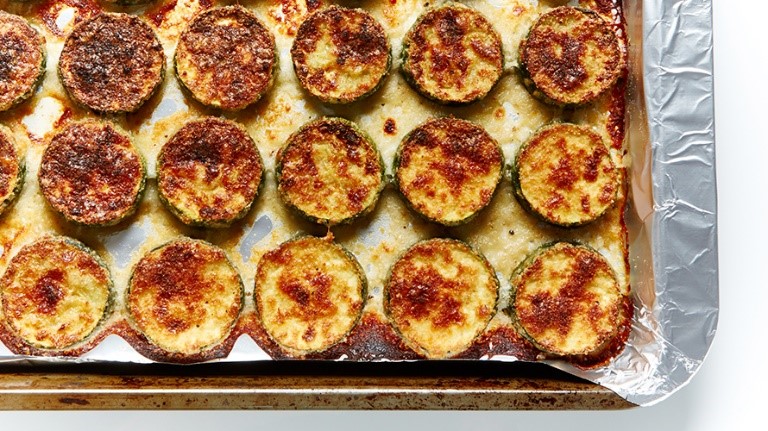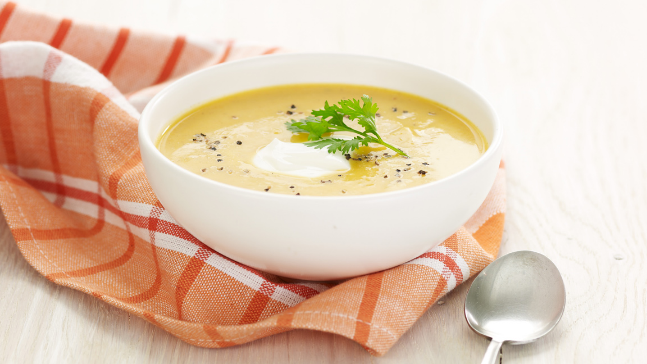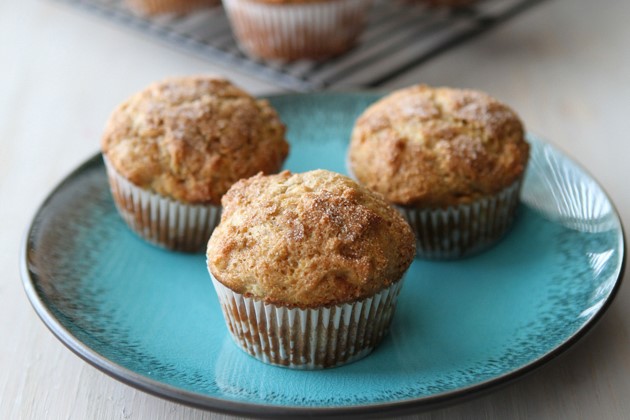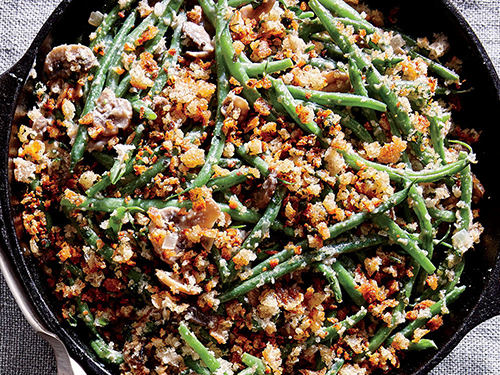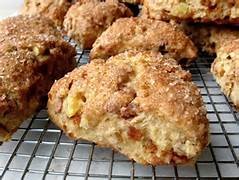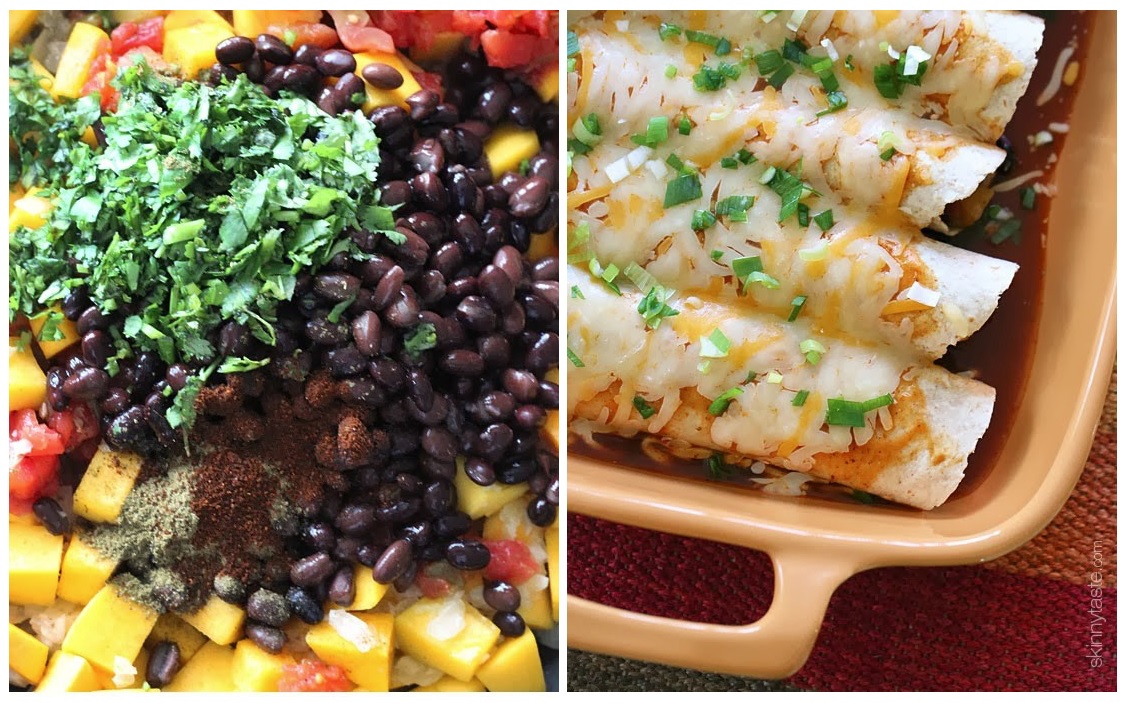Trying to pack in some delicious nutrition without packing on the extra calories?
Salad is a convenient way to use the ingredients or leftovers you have on hand, and the recipes are limitless. Fruits and vegetables are naturally low in calories and fat, and offer a wide range of vitamins and minerals, while whole grains, nuts/seeds, and protein will help to keep you full and satisfied.
To get the most out of your salad greens and other produce, store them in the middle of a clean fridge away from the doors, with plenty of room for air circulation. To preserve greens, keep them stored in a dry, paper towel lined container. Keep fresh herbs and celery stored in water to make these last longer as well. Lastly, keep ethylene gas-producing fruits such as bananas, avocados, tomatoes and melon away from other produce; ethylene is a naturally occurring gas, but it can make some produce spoil faster.
When it comes to making healthy choices, salads can be a great option, but they don’t have to be boring! If you’re looking to swap out your salad staples for something new, give these mix-ins a try:
Vegetables – Asparagus, beets, mushrooms, corn, olives, radishes, carrots, broccoli, heart of palm, artichoke hearts, peas (try your vegetables grilled, marinated, raw, or pickled!)
Fruit (fresh and dried) – Oranges, pears, apple, berries, pomegranate, mango, dried cranberries, dried cherries
Whole Grains – Rice, bulgur, quinoa, farro, couscous
Nuts & Seeds – Walnuts, pepitas, sesame seeds, almonds
Fresh Herbs – Basil, mint, parsley, dill, chives, cilantro
Vegetarian Protein – Crispy baked chickpeas, black beans, lentils, edamame, tofu, seitan
Seafood – Salmon, tuna, shrimp, scallops
Meat – Chicken, turkey, steak (slice up some leftovers!)
Cheese – Parmesan, goat cheese, feta, mozzarella, cottage cheese
Other – Hummus, salsa, micro-greens, seaweed, avocado mash
Tabbouleh Salad Recipe

Ingredients:
- 1 cup uncooked bulgur
- 3/4 cup chopped cucumber
- 3/4 cup chopped tomato
- 1/2 cup chopped fresh parsley
- 1/4 cup chopped fresh mint leaves
- 1/4 cup sliced green onions or 2 tablespoons finely chopped sweet onion
- 1 clove garlic, finely chopped
- 1/4 cup olive oil
- 1/4 cup lemon juice
Prepare bulgur according to package directions.
After the bulgur is ready, mix together bulgur, cucumber, tomato, parsley, mint, onions, and garlic.
In a separate bowl, whisk together the olive oil and lemon juice. Then combine with the other ingredients, mixing well.
Refrigerate and let chill for 2 hours before serving for the flavors to meld. Season with salt and pepper, to taste, before serving.
